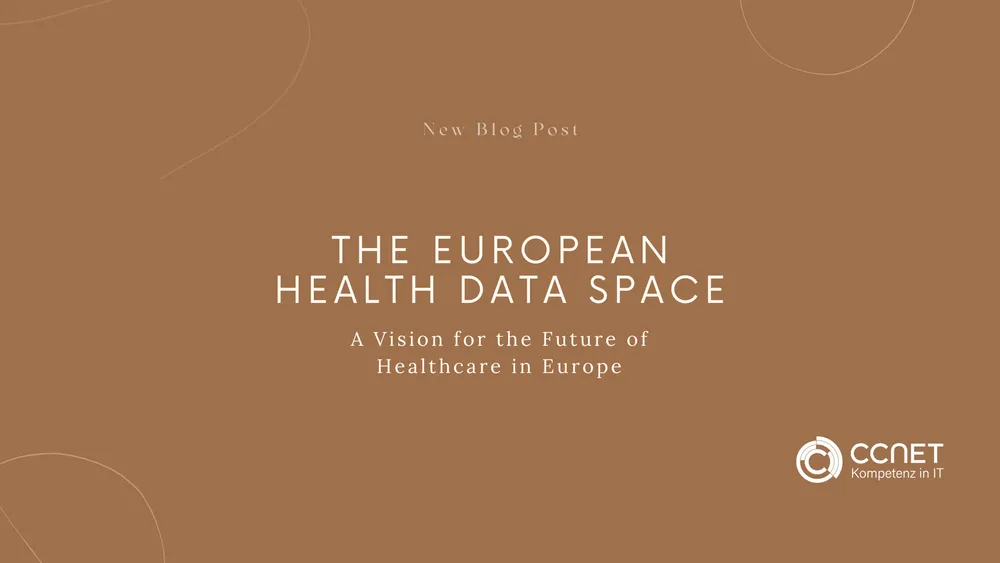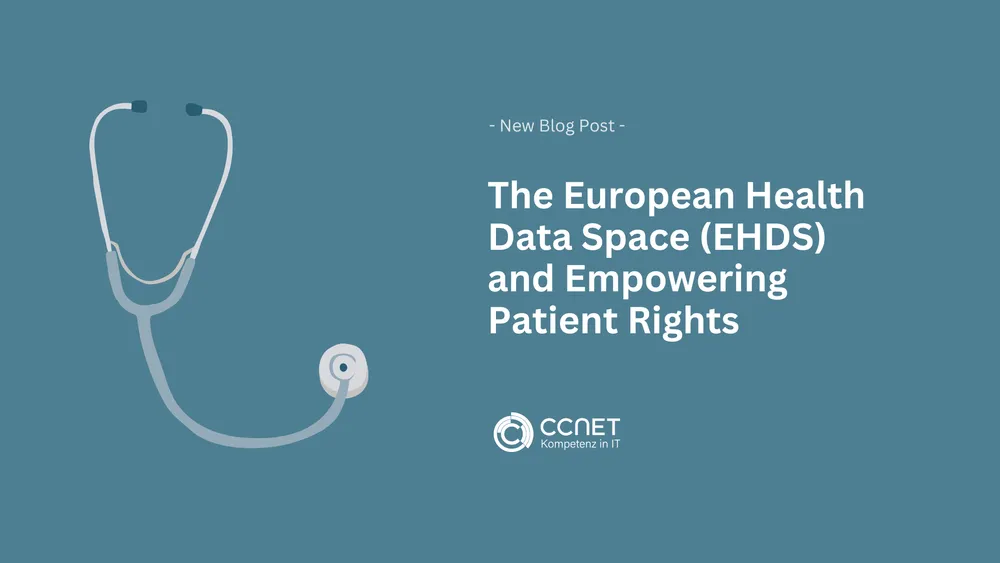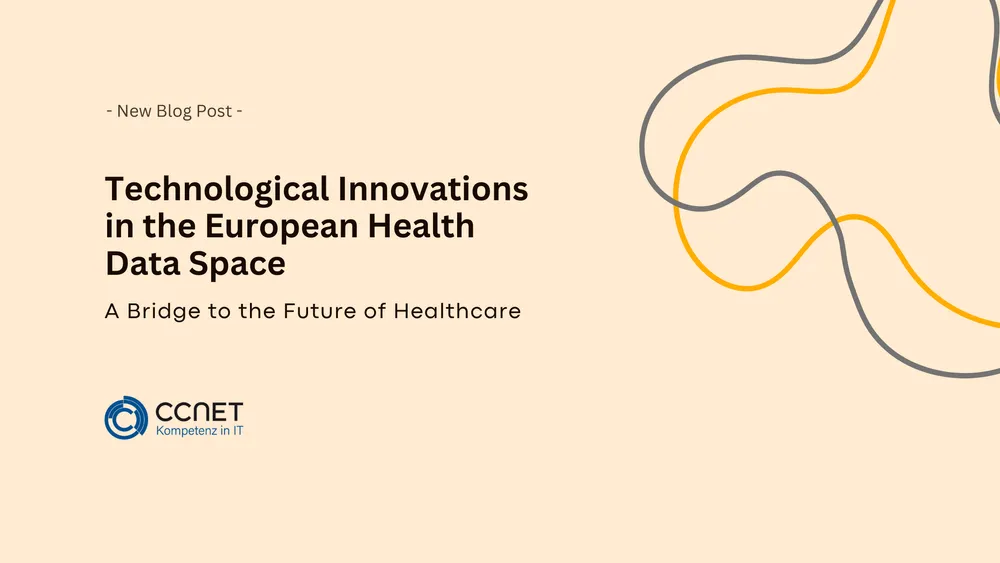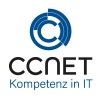
CCNet
Sep 20, 2024 • 2 min read
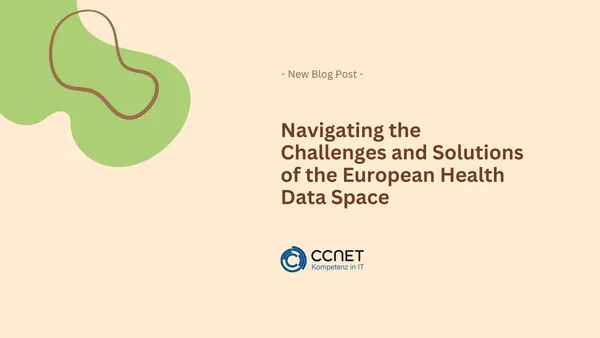
Navigating the Challenges and Solutions of the European Health Data Space
The European Health Data Space (EHDS) is a visionary initiative of the European Union aimed at creating a seamless and secure framework for accessing and exchanging health data across the borders of member states. While the EHDS has the potential to significantly improve healthcare, accelerate medical research, and promote the development of new digital health solutions, the actors involved in its implementation face a range of challenges. Navigating these challenges requires a collaborative approach. In this blog post, we will explore these challenges, discuss potential solutions, and highlight the importance of collective efforts for the successful implementation of the EHDS.
Challenges of the EHDS
1. Data Privacy and Security: Given the sensitivity of health data, ensuring privacy protection and data security is one of the greatest challenges. Adhering to the stringent data protection regulations of the EU, particularly the General Data Protection Regulation (GDPR), requires comprehensive security measures and continuous monitoring.
2. Technical Interoperability: Establishing a system capable of seamlessly exchanging data between various healthcare systems and providers across the EU requires a high level of technical interoperability. This includes standardizing data formats, interfaces, and communication protocols.
3. Overcoming Fragmentation: Healthcare in Europe is fragmented by national borders and diverse healthcare systems. The EHDS must overcome this fragmentation to create a true European data space that benefits all citizens and healthcare stakeholders.
4. Acceptance and Trust: The successful implementation of the EHDS relies significantly on the acceptance and trust of citizens and healthcare providers. Concerns regarding data privacy, data use, and impacts on patient care need to be addressed to ensure broad support.
Solutions
1. Strong Data Privacy Frameworks and Security Protocols: Developing and implementing robust data privacy and security protocols that go beyond the minimum requirements of the GDPR is crucial. This includes the adoption of technologies such as blockchain and advanced encryption methods to ensure data security.
2. Promotion of Standardization: The EU and member states must collaborate to develop common standards for data processing and exchange. Involvement in standardization bodies and alignment with international standards can play a key role in this process.
3. Engagement and Education: To promote acceptance and trust, a comprehensive communication strategy addressing the concerns and questions of citizens and healthcare providers is necessary. Information campaigns, public consultations, and involvement of patient associations can contribute to raising awareness and understanding of the EHDS.
4. Pilot Projects and Phased Approach: The gradual introduction of the EHDS through pilot projects allows for gathering experiences, identifying best practices, and optimizing systems before full implementation. This approach also promotes early involvement and feedback from end users.
The Importance of Collective Effort
The successful implementation of the EHDS requires a collective effort of all stakeholders, including EU institutions, national governments, healthcare providers, the research community, and civil society. Through collaboration, the involved actors can address challenges, develop solutions, and pave the way for integrated and patient-centered healthcare in Europe.
Conclusion
The European Health Data Space is at the forefront of an unprecedented transformation of European healthcare. While the challenges are significant, the potential benefits of the EHDS – from improved healthcare services and accelerated research to more efficient resource utilization – offer a unique opportunity to enhance healthcare for all EU citizens. By collectively overcoming these challenges, Europe can take a leading role in shaping the future of healthcare and serve as a model for the rest of the world.
